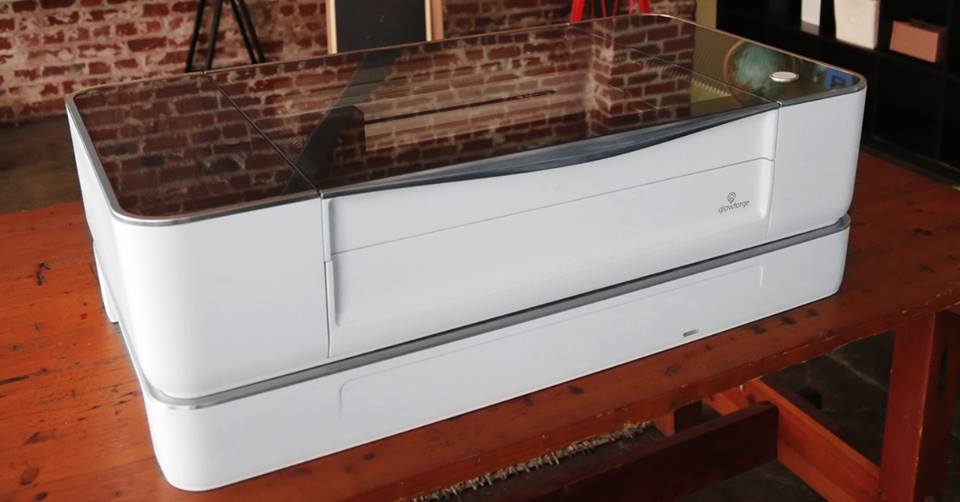The $27.9 million Crowdfunding Campaign: Q&A with Glowforge
By True Ventures, February 16, 2016
The Glowforge 3D printer is one of the most magical hardware products in the True Ventures portfolio. Since our investment in May 2015, we have eagerly awaited the release of the printer that lets you create nearly anything from a dazzling array of materials, including leather, metals, foam and more.
And we’re not Glowforge’s only fans. Last October, the company launched a self-hosted crowdfunding campaign, raising nearly $28 million in just 30 days, making it the biggest 30-day crowdfunding campaign in history.
We love this story, so we sat down with Co-Founder Dan Shapiro to learn more about how Glowforge went from an idea to a fully funded reality, currently in production.
Q: How and when did you decide to crowdfund Glowforge?
We knew from the formation of the company that we would be crowdfunding. It’s a great way to understand the need for a product, establish a community, and create accountability for the company and what it’s going to build. If you have a project that lends itself well to crowdfunding, I can’t see any reason on earth not to do it. Would you like your customers, dollars and market feedback now, or later?
The challenge is to run a crowdfunding campaign that’s helpful, honest and successful. First, you have to be transparent about what you’re doing and the risk your backers are going to take. People are going to entrust their funds to you, and you need to be far enough along to be good stewards of that funding—or alternately, to be honest that the funds are going to R&D and the finished product is far away. To us, the cardinal crowdfunding sin is raising money without raising enough to finish production—that is, running a crowdfunding campaign where you secretly know you can’t finish the project unless you raise more money elsewhere later.
For that reason, we knew we would wait to start our crowdfunding campaign until after the completion of major financing—both our angel and Series A rounds. On the “not too soon, not too late” spectrum, it also meant starting the campaign before we had irrevocably committed to final design specifications. We wanted our customers to have a real impact on what we were building, and if our crowdfunding campaign failed, we wanted to leave room to course correct.
For us, crowdfunding was a measure of the value of our product. Is what we’re doing right? Will we end up creating a few dozen hand-built units, or mass-producing a treasured, iconic product for the ages? The latter is not what we expected, but ultimately turned out to be what the market asked us for. It’s been pretty humbling to see that.
So we raised money from True (and a few others) well before raising money from our customers to ensure that we could deliver a product. We just wouldn’t have felt right asking customers to preorder Glowforge without the resources and fundamental R&D to know that we could deliver.
Q: Why do a self-hosted campaign rather than use Kickstarter or another crowdfunding platform?
The project that led to Glowforge was a board game called Robot Turtles. Now you can buy Robot Turtles at Target and Amazon, but when I created the game, it was me, my twins, and some scraps of inkjet-printed paper at the dining room table. I created a Kickstarter campaign to publish the game, and the team at Kickstarter were the best partners I ever could have imagined. As an individual operation, I didn’t have to worry about the infrastructure of the campaign. As a brand, it gave me a stamp of recognition and confidence. As a community, it gave me access to a huge swath of people passionate about games and helping create products that didn’t exist before, which was exactly what I needed.
I was tempted to do that again with Glowforge, but a few key elements made this project different. First, as a venture-backed company, we had the resources to build the tools ourselves. Even then, it was difficult to stomach building software to do what someone else had done so elegantly. What made the decision for us was our community.
Before we launched, we had more than 10,000 people who were excited about Glowforge—people who signed up to our email list and were talking in our forum about Glowforge and what it would be. It seemed like a mistake to send them all to someone else’s website to use someone else’s tools and give them updates in a different way for 30 days—and then ask them to come back. Because we had already built a community and core set of tools to interact with them, we wanted to provide continuity.
There were also some financial tradeoffs. On one hand, Kickstarter brings an enormous audience. I’ve had the great fortune to work closely with large and small projects—from Exploding Kittens to Bildy—and have seen Kickstarter bring people to the project who wouldn’t have found it otherwise. In most cases, 20-30 percent of a project’s backing comes from people who discovered it through Kickstarter. Also, the press loves Kickstarter and loves stories about Kickstarter. We were loath to give that all up.
However, when a campaign is done on Kickstarter, it looks finished. In order to purchase the product, the customer has to go to a different site, and many customers don’t bother. On our site, we could continue accepting pre-orders after the 30-day campaign was done. We could also use tools like Facebook ads to track conversions, which we experimented with during the last two weeks of the campaign. All of this helped make up for the deficit in what we lost by not using Kickstarter.
Q: Did you ever think you’d be the biggest crowdfunding campaign in history?
We decided it was worth building Glowforge units if 50 people wanted them—that was enough to spin up a factory line and build an initial run of units. So we set our minimum at $100K. At the time, we were cautiously optimistic that we could hit a million dollar campaign.
We sat down and defined our best-case scenario and decided that we were going to do our best to hit a $5 million campaign, which would represent the biggest crowdfunding campaign for any home fabrication device in history, and one of the top crowdfunding campaigns of all time. That was a longshot, but we thought it was possible—and we were sort of right. At the end of the campaign, we were selling a Glowforge every ten seconds, nearly a million dollars an hour of sales. And when all was said and done, we had raised $27.9 million, which displaced the previous record-holder of $20 million in a 30-day campaign—making us the most crowdfunded 30-day campaign ever.
It was humbling, awe-inspiring and sobering to see the degree to which people craved and anticipated our product. We come into work every day thinking about the more than 10 thousand customers who are depending on us to deliver something to them that can actually make a meaningful difference in their lives, whether it’s connecting with their kids around the joy of making things, or a new business that they are going to launch, or a new way of creating the beautiful things that are their passion.
Q: After such a huge success, what’s next?
We have one—and only one—mission in life right now: ship a product that delights our customers as quickly as we can.




